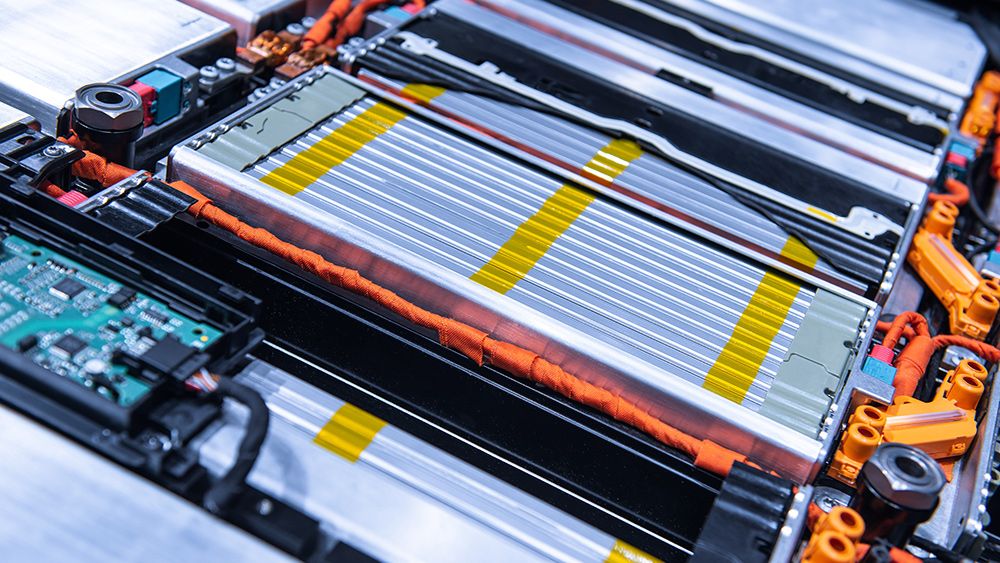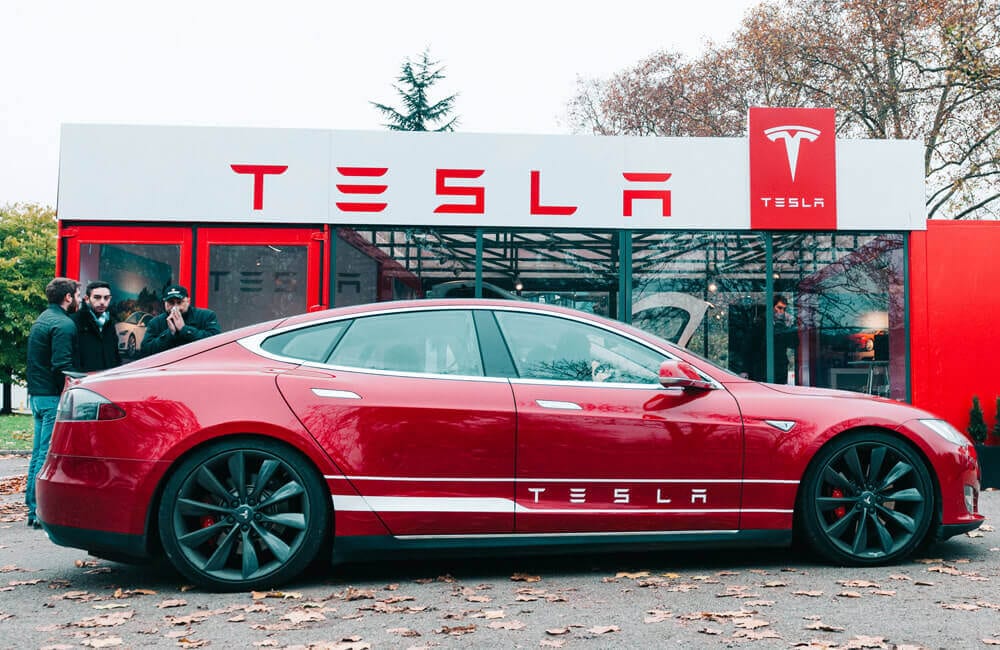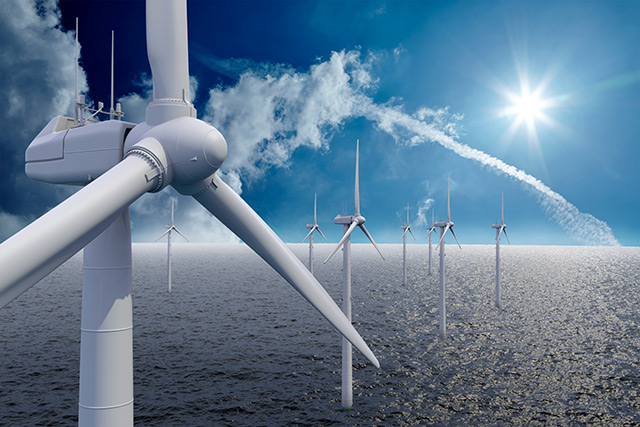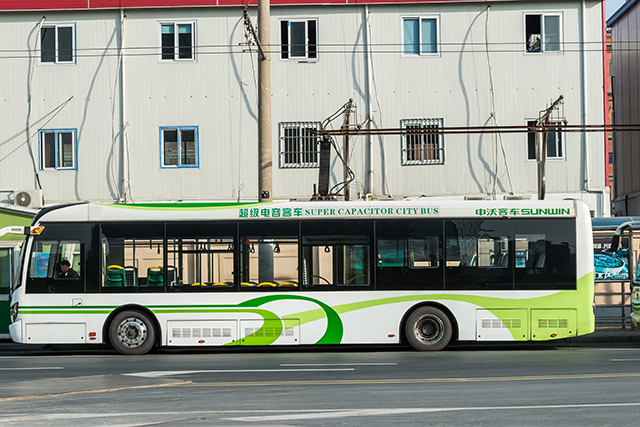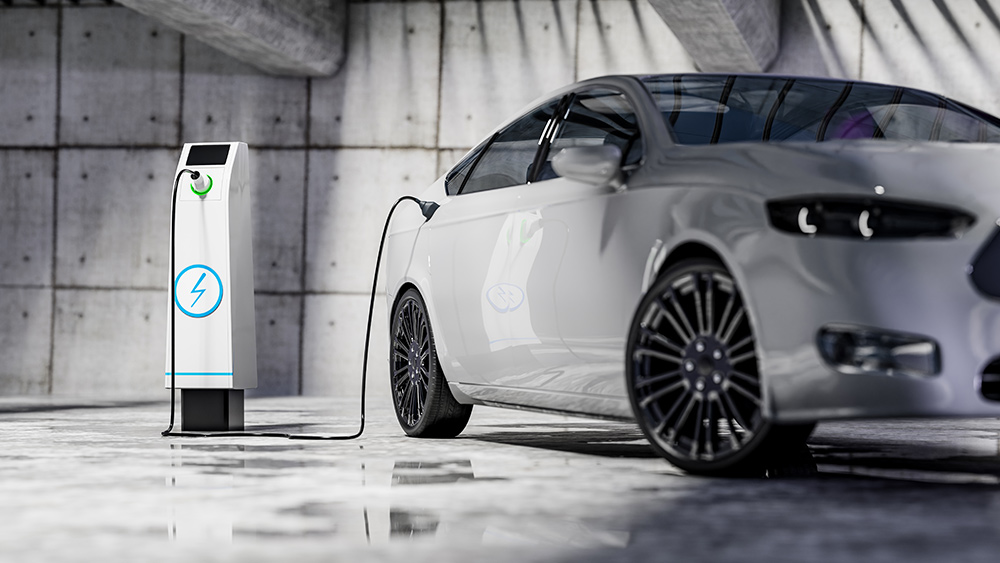Clean energy breakthrough: eVinci nuclear microreactor from Westinghouse receives DOE contract
10/27/2023 / By Cassie B.

The Department of Energy has awarded the eVinci Microreactor by Westinghouse a prestigious Front-End Engineering and Experiment Design (FEEED) contract, which will help to deploy the company’s nuclear test reactor at Idaho National Lab (INL).
The nuclear microreactor marks a significant energy breakthrough, providing safe, carbon-free energy that is easily scalable and highly portable. It can be used to provide heating and electricity to everything from data centers and defense facilities to mining operations, remote communities and eventually the surface of the moon.
What sets it apart from other solutions is its low number of moving parts, which enables it to act like a battery while providing up to 5 megawatts of electricity around the clock for more than eight years without the need to refuel. It does not need water for operation or cooling, and spent fuel can be sent to the manufacturer for long-term storage. It is also capable of providing high-temperature heat for a range of industrial applications, such as the production of alternative fuels like hydrogen fuel.
Another benefit of this novel microreactor is that it is fully factory assembled and can be sent to the site where it is to be used in a shipping container via truck, barge or rail. It is installed above the ground and requires minimal onsite personnel to operate, secure and maintain.
The microreactor is driven by Westinghouse’s advanced heat pipe technology, which boasts superior reliability and eliminates a host of risks, from those related to coolant loss and high system pressures to the vibration and flow-induced corrosion that forced flow systems are vulnerable to.
It also comes with a slew of passive safety features, such as control drums, shut-down rods, and a passive heat removal system, along with remote monitoring capabilities.
Westinghouse is betting big on its nuclear microreactor technology
The company is betting big on the technology, setting up a new eVinci accelerator and technology hub in Pittsburgh where all of the heat pipes for the demonstration unit and commercial units will be manufactured. The company received a funding proposal for a grant of more than $1 million from the Pennsylvania Department of Community and Economic Development to support the 87,000-square-foot facility, which should be completed early next year.
The test reactor is a representation of an actual microreactor at a scale of one fifth. It will be used to finalize the design and test and license its technology. Testing will be conducted at the National Reactor Innovation Center DOME test bed facility at INL. The FEEED contract phase will see Westinghouse’s eVinci team collaborating with the INL to develop an end-to-end reactor test plan.
The president of eVinci Technologies at Westinghouse, Jon Ball, said that the company was grateful for the DOE’s support.
“We are at an inflection point and are accelerating the commercialization of our eVinci technology. NRIC’s partnership will be a critical enabler to advance technology readiness and licensing,” he stated.
Patrick Fragman, the company’s CEO, said that they hope to have several eVinci microreactors in operation around the world by the close of the decade.
The Department of Energy’s Assistant Secretary for Nuclear Energy, Dr. Kathryn Huff, said: “These technologies will give choices to diverse communities looking to transition to a clean energy future.”
Nuclear microreactors are being touted as a safe way to generate small yet helpful amounts of electricity that can run a site like a hospital or military complex without occupying much space. It also costs just a fraction of traditional nuclear power.
Sources for this article include:
Submit a correction >>
Tagged Under:
big government, breakthrough, Clean Energy, electricity, energy supply, fuel supply, future science, future tech, green energy, green living, Green New Deal, innovations, inventions, new energy report, nuclear, nuclear energy, nuclear microreactor, power, power grid, Westinghouse
This article may contain statements that reflect the opinion of the author
RECENT NEWS & ARTICLES
COPYRIGHT © 2017 GREEN LIVING NEWS


